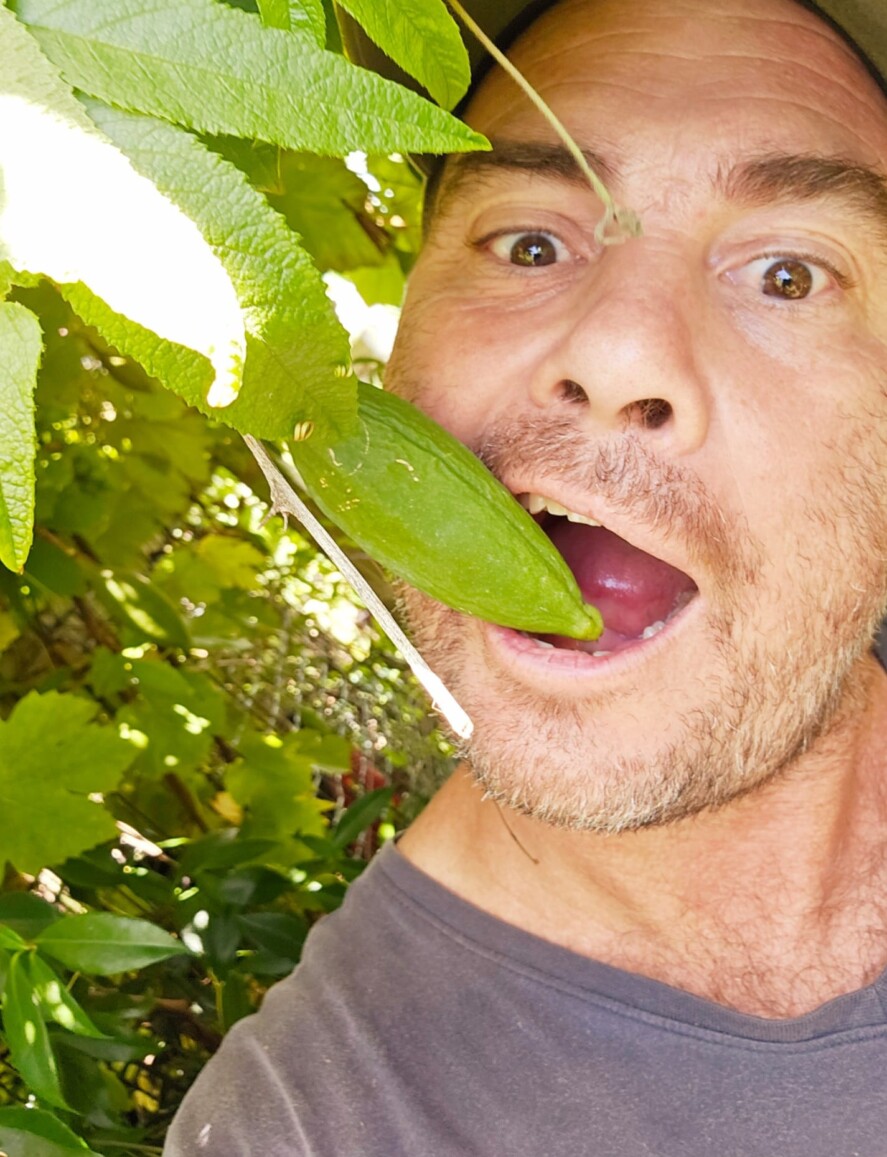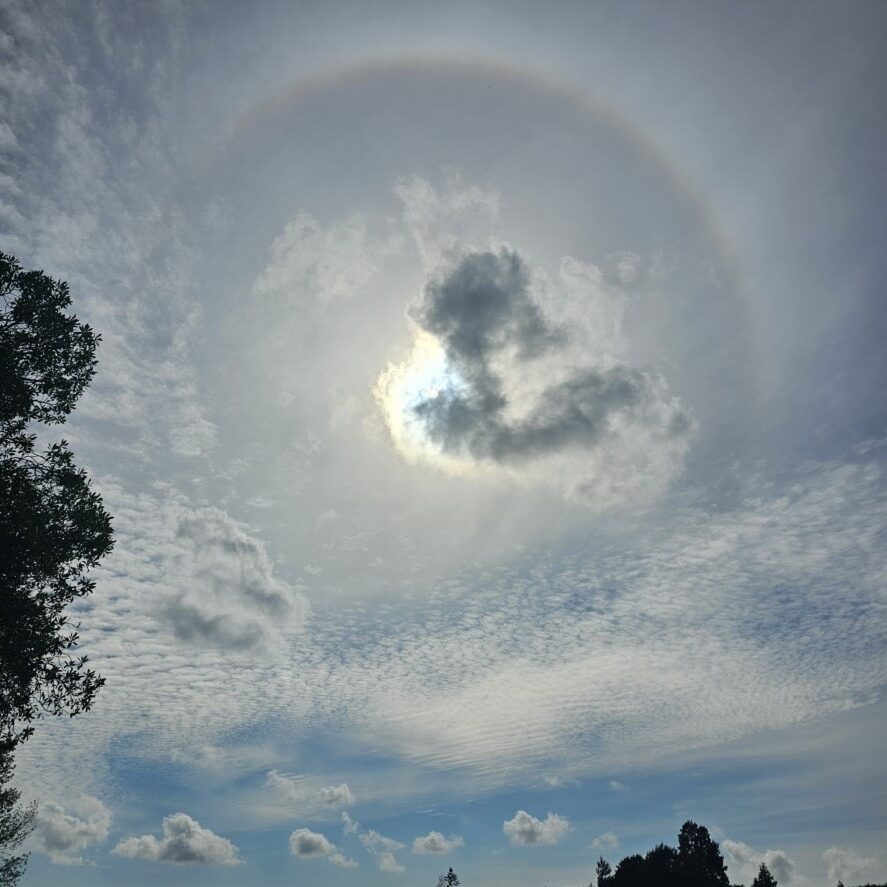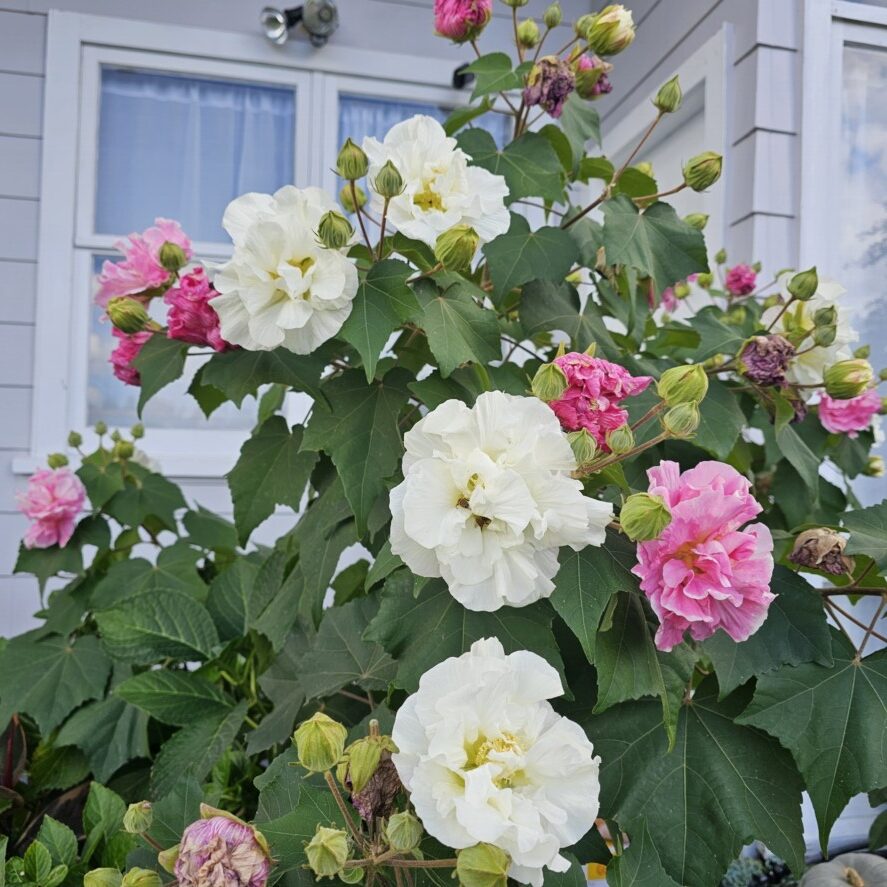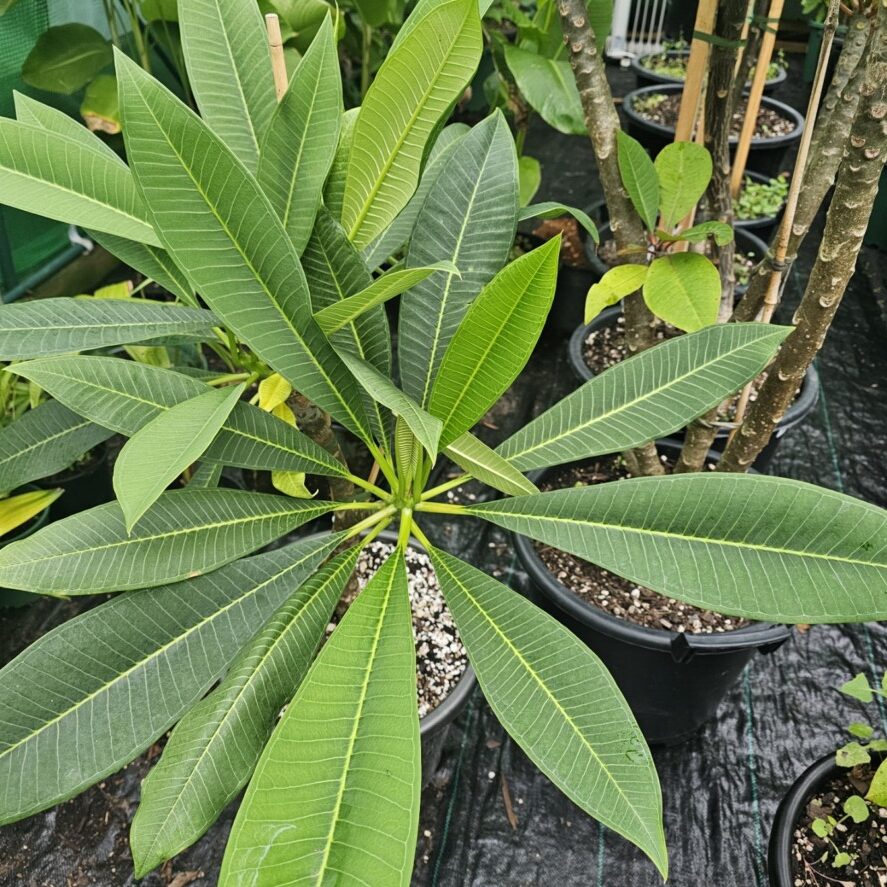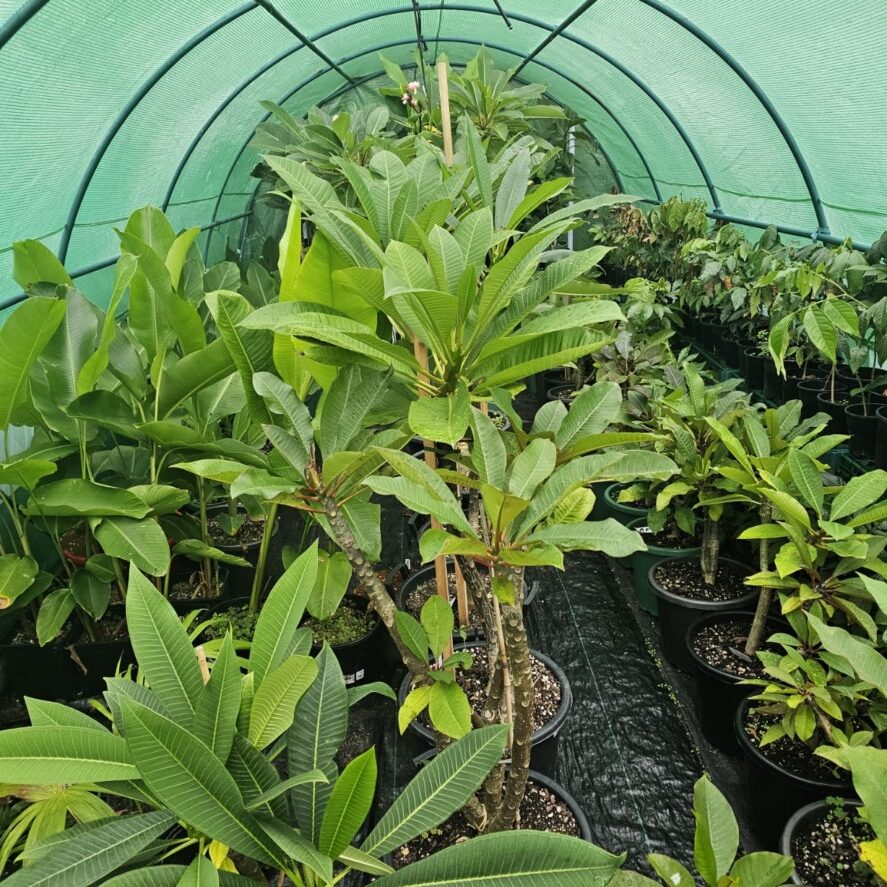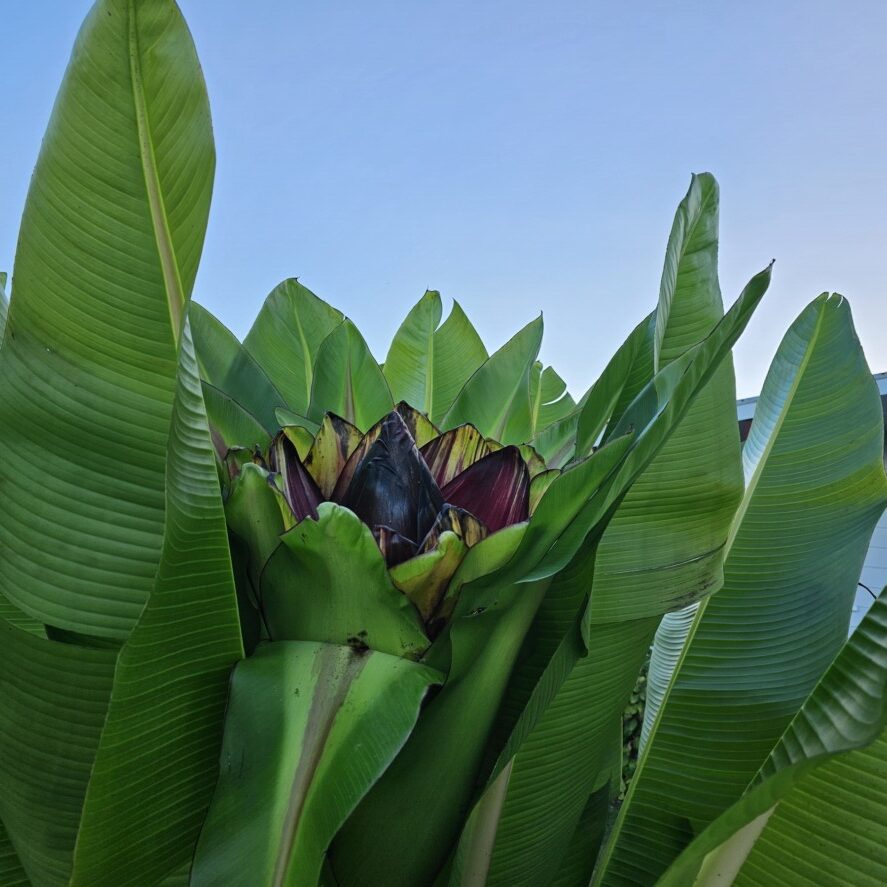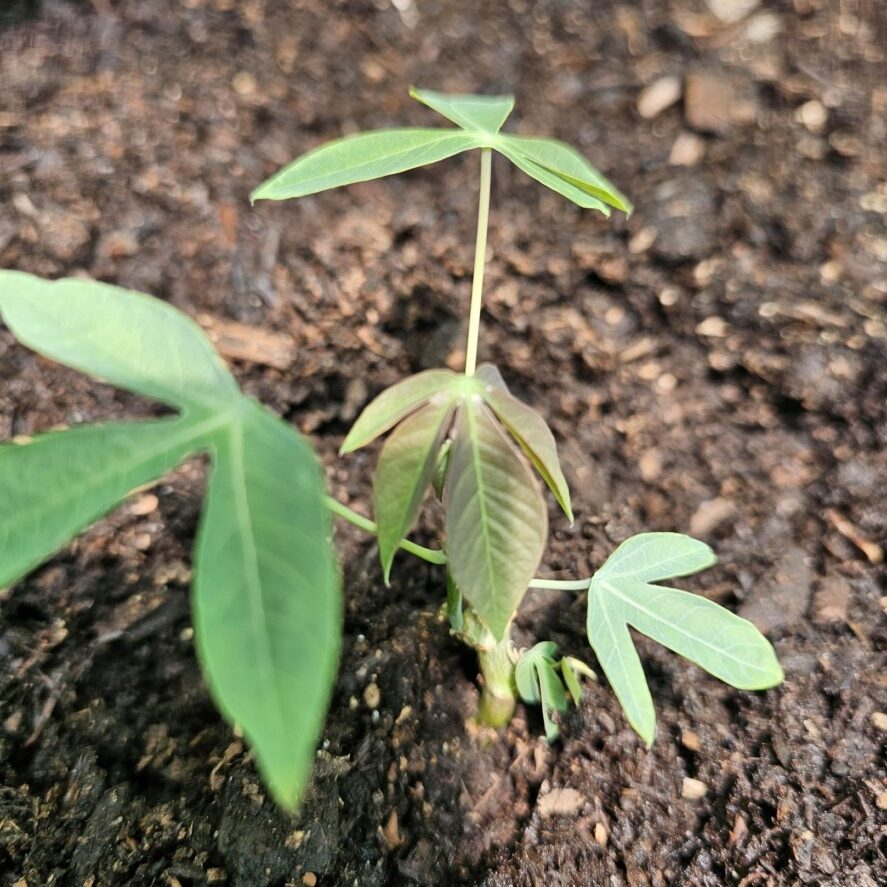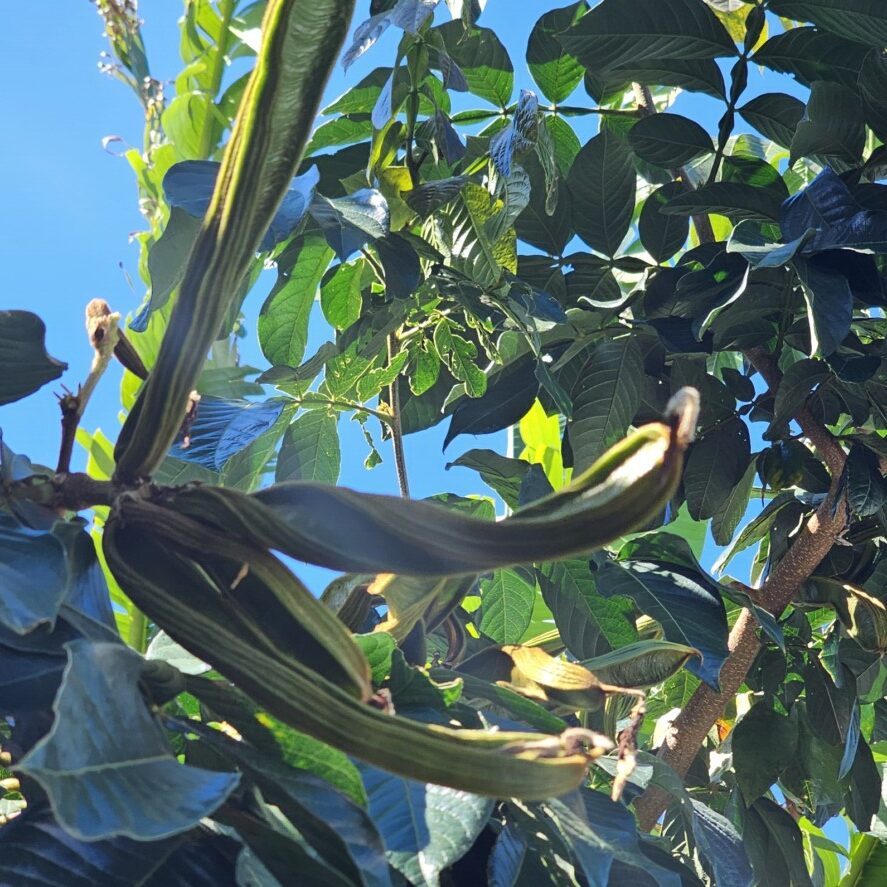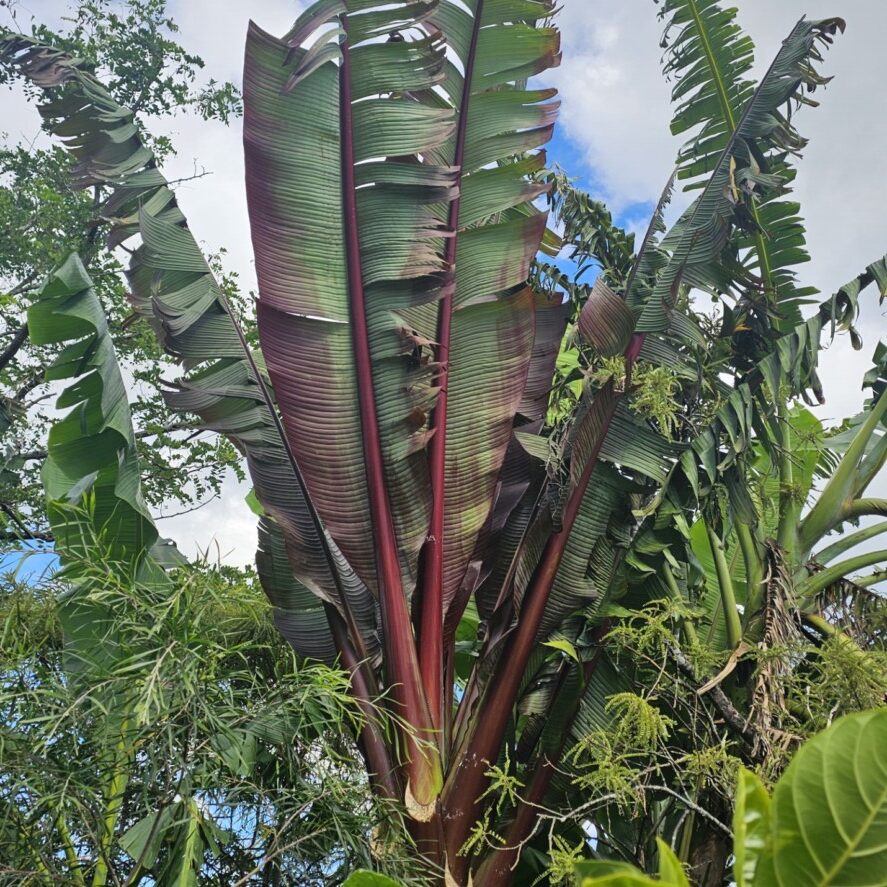-
Troppo Plant & Garden Articles
- Te Puke Region
- TROPPO’s Food Forest in Te Puke, BOP (www,foodforest.org.nz)
- Troppo’s Plant Collection
- TROPPO's Nursery Directory
- Food Forests of New Zealand (www.foodforests.nz)
- Nursery Map - Plant Suppliers of NZ Directory (www.nurserymap.nz)
- Kids Garden Corner
- New Zealand Garden Bird Survey
- New Zealand Garden Groups
- Delicious Recipes
The Ultimate Guide to Growing Bananas in Your Bay of Plenty Garden

Dreaming of harvesting your own sweet, creamy bananas right here in the Bay of Plenty? You might be surprised to learn that with a little know-how, this tropical delight can thrive in our beautiful corner of New Zealand! While we’re not exactly the tropics, our warm summers and relatively mild winters provide a fantastic opportunity to cultivate these fascinating plants. This guide will walk you through everything you need to know to successfully grow bananas in your own backyard.
Why Grow Bananas in the Bay of Plenty?
Beyond the sheer novelty of it, growing your own bananas offers several advantages:
- Freshness: Nothing beats the taste of a homegrown, tree-ripened banana.
- Pesticide-Free: You control exactly what goes into your garden, ensuring a healthy harvest.
- Ornamental Value: Banana plants are stunning additions to any garden, with their large, lush leaves creating a tropical feel.
- A Fun and Rewarding Project: Watching your banana plant grow and eventually bear fruit is an incredibly satisfying experience.
Choosing the Right Banana Variety for the Bay of Plenty
The key to success in our region is selecting cold-hardy banana varieties. While the classic Cavendish (the supermarket staple) can be tricky, several other types are much better suited to our climate:
- ‘Misi Luki’ (Dwarf Cavendish): A popular choice for home gardens, this variety is relatively cold-tolerant and produces delicious, medium-sized fruit. Its smaller stature makes it easier to manage in smaller spaces.
- ‘Goldfinger’: Known for its slightly tangy, apple-like flavor, ‘Goldfinger’ is another cold-hardy and disease-resistant option.
- ‘Rajapuri’: This robust variety is quite wind-tolerant and produces sweet, creamy bananas. It’s a good choice for slightly more exposed gardens.
- ‘Siam Ruby’: While primarily grown for its striking red-burgundy foliage, ‘Siam Ruby’ can also produce small, sweet bananas in warmer years. It adds a real visual punch to your garden.
Getting Started: Planting Your Banana Plant
Once you’ve chosen your variety, it’s time to get planting! Here’s what you need to do:
-
Choose the Right Location: Bananas love sunshine! Select a spot in your garden that receives at least 6-8 hours of direct sunlight per day. They also prefer well-drained soil that is rich in organic matter.1 Avoid low-lying areas where water can accumulate. Protection from strong winds is also beneficial, as the large leaves can be easily damaged.
-
Prepare the Soil: Dig a hole that is twice as wide and just as deep as the pot your banana plant came in. Amend the soil with plenty of compost and well-rotted manure to improve drainage and fertility.
-
Planting: Gently remove the banana plant from its pot, being careful not to damage the roots. Place it in the center of the hole, ensuring the top of the root ball is level with the surrounding soil. Backfill the hole with2 the amended soil, gently firming3 it down.
-
Watering: Water the newly planted banana plant thoroughly. Keep the soil consistently moist, especially during the warmer months, but avoid overwatering, which can lead to root rot.
-
Mulching: Apply a layer of organic mulch, such as straw or wood chips, around the base of the plant. This helps to retain moisture, suppress weeds, and regulate soil temperature.
Caring for Your Banana Plant
Consistent care is key to a healthy and productive banana plant:
- Watering: As mentioned, water regularly, especially during dry periods. Reduce watering in the cooler months.
- Fertilizing: Bananas are heavy feeders. During the growing season (spring and summer), feed your plant every 4-6 weeks with a balanced, potassium-rich fertilizer. You can also use organic options like compost tea.
- Protection from Frost: While the varieties listed are more cold-hardy, they can still be damaged by severe frost. In particularly cold winters, consider wrapping the trunk and crown of young plants with frost cloth. For smaller plants, you might even consider moving them to a sheltered location or a greenhouse.
- Pruning: Remove any dead or damaged leaves as they appear. As the plant grows, it will produce “pups” or suckers from the base. These can be left to form a clump or selectively removed to focus the plant’s energy on fruit production. If you want to propagate new plants, these pups can be carefully separated and replanted once they have a good root system.
- Pest and Disease Control: Bananas are generally quite resilient, but keep an eye out for common garden pests like aphids or spider mites. Deal with any infestations promptly using organic pest control methods if necessary. Good air circulation and proper watering can help prevent fungal diseases.
The Exciting Part: Harvesting Your Bananas
It takes time and patience, but eventually, your banana plant will produce a beautiful flower stalk. Once the flowers have developed into small bananas, they will start to grow. The time from flowering to harvest can vary depending on the variety and the weather, but it generally takes several months.
Here are some signs that your bananas are ready to harvest:
- The individual bananas will become plump and rounder.
- The color of the skin will start to change from dark green to a lighter green or even yellow, depending on the variety.
- The “hands” (clusters) of bananas will become easier to snap off.
It’s best to harvest the entire bunch (or “hand”) while the bananas are still slightly green. They will ripen beautifully off the plant at room temperature. To speed up ripening, you can place them in a paper bag with an apple or another ripe banana.
Enjoying Your Homegrown Bananas
Congratulations! You’ve successfully grown bananas in your Bay of Plenty garden. Now it’s time to savor the fruits of your labor. Enjoy them fresh, add them to smoothies, bake them into muffins, or get creative with your own tropical-inspired recipes!
Growing bananas in the Bay of Plenty is a rewarding and unique gardening adventure. With the right variety and a little care, you can bring a taste of the tropics to your own backyard. So, get planting and enjoy the journey!
#BananasNZ #BayOfPlentyGardening #HomegrownBananas #TropicalGardening #NZGardening #GrowYourOwnFruit #TroppoNZ #BananaCare #GardenTips #NewZealandGardening

